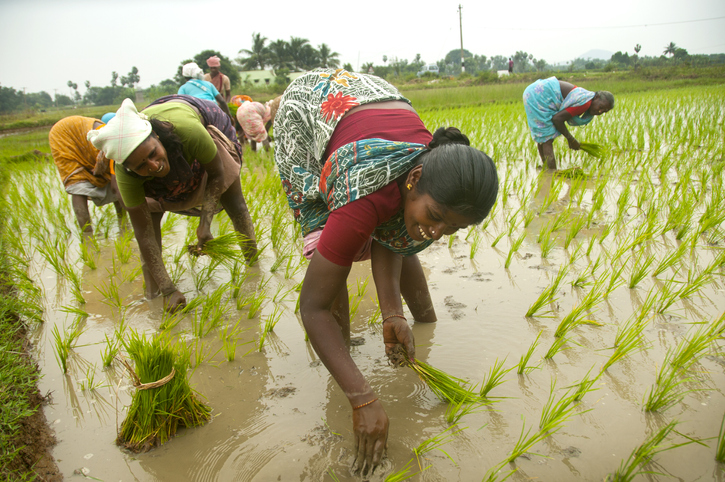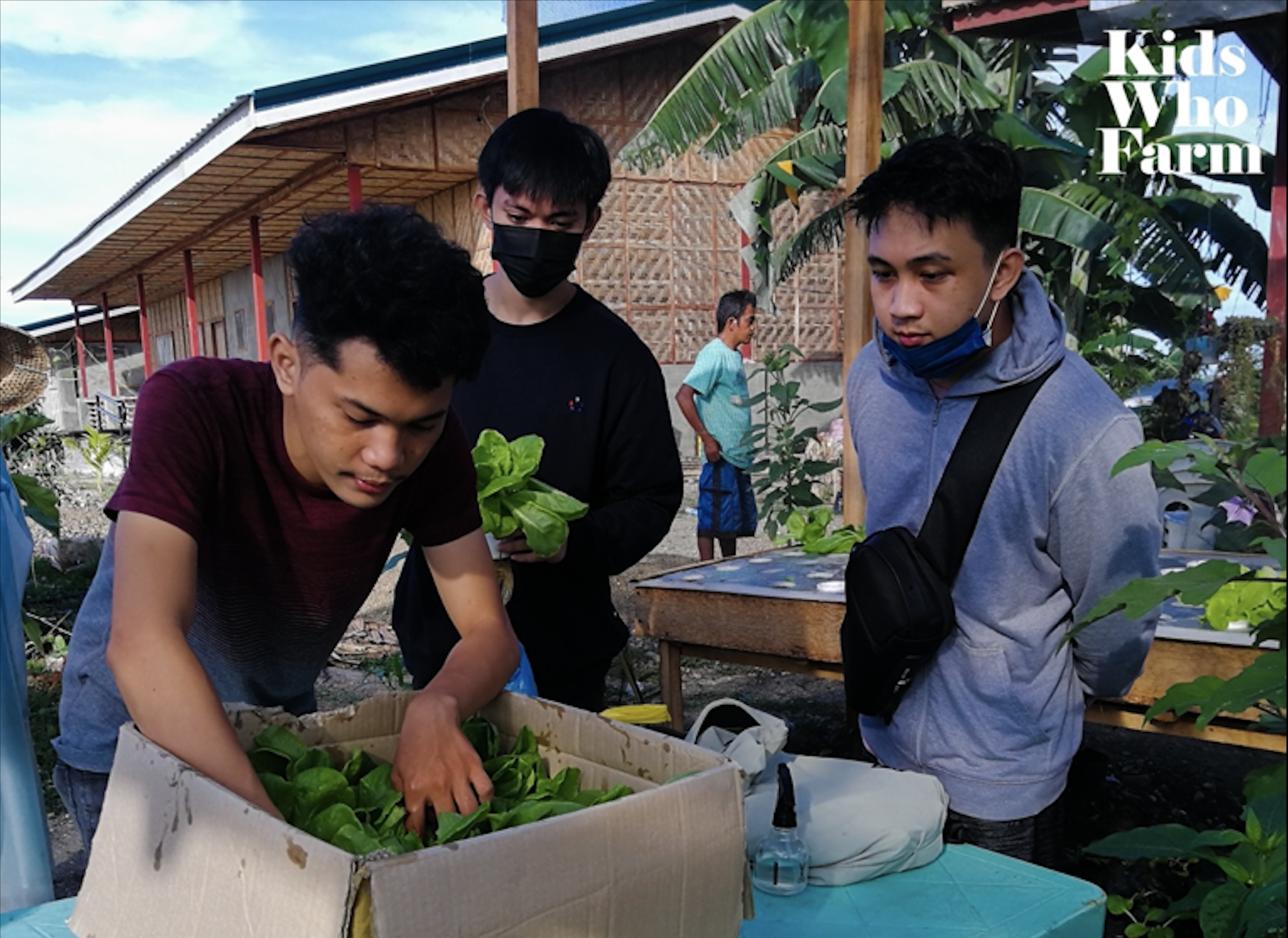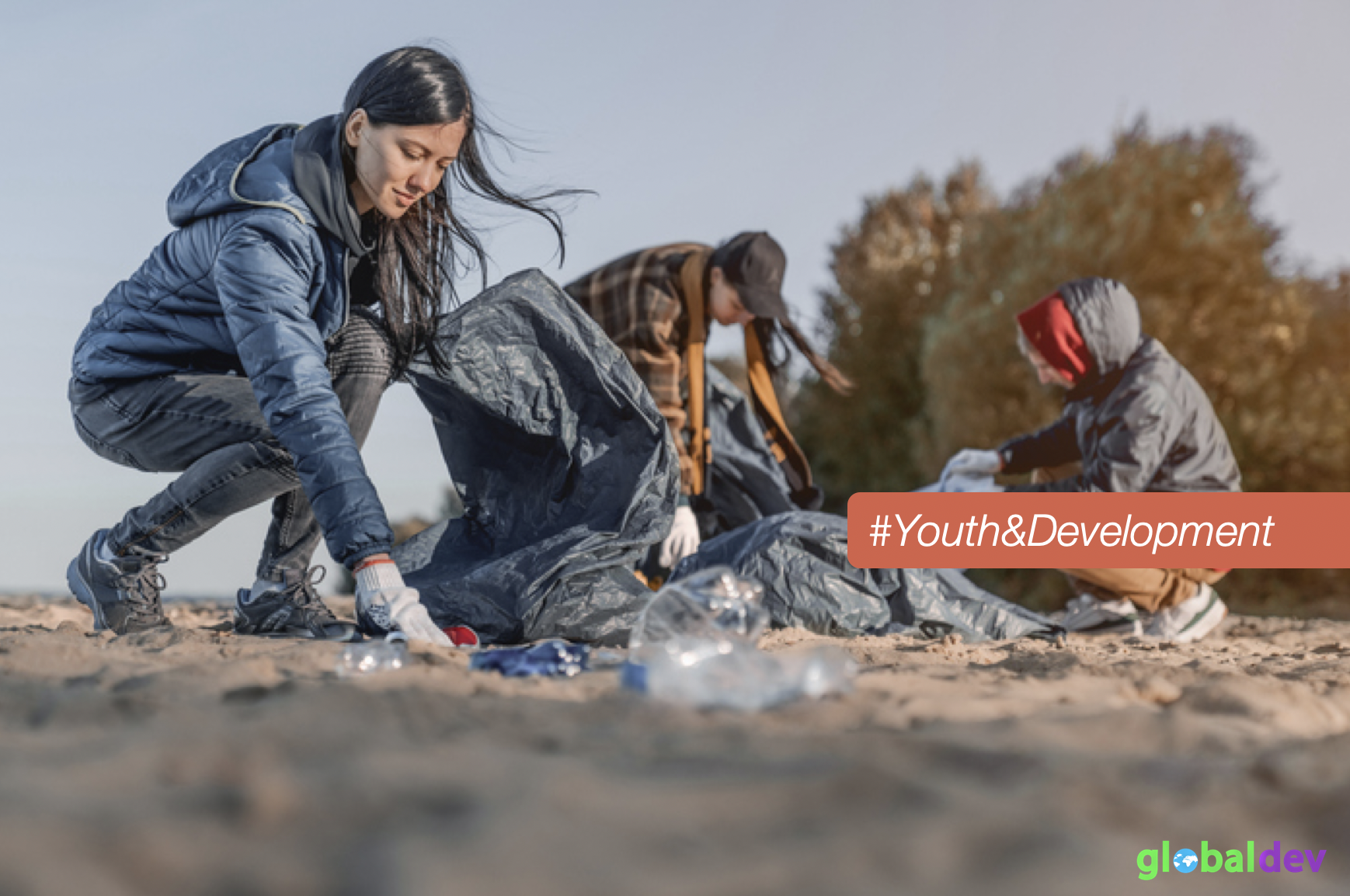As Covid-19 ravages international trade and production, policy-makers are shifting their sights from global value chains (GVCs) to regional value chains (RVCs) as pathways to industrialization. This column presents evidence from the textiles and apparel sector in Tanzania, which shows that while GVCs make important contributions to employment generation and export growth, RVCs support higher-value activities such as design and branding. Policies were critical to these outcomes – and the findings have important implications for current negotiations about rules of origin in African regional trade agreements.
There are longstanding doubts about the benefits offered by global value chains (GVCs) for development. Now, with heightened uncertainty in global markets due to trade wars and the pandemic, policy-makers are increasingly looking to regional value chains (RVCs) as alternative drivers of structural transformation. Recent breakthroughs towards pan-continental trade agreements in Africa aim to strengthen intra-regional trade and RVCs, but questions remain about the optimal design of these regional policies for the purpose of promoting industrialization, particularly around the ‘rules of origin’ for key product groups.
In a recent study, we set out to address these issues through a survey of large firms in Tanzania’s textiles and apparel (T&A) sector, examining how the value chain directionality of firms – their orientation to different value chains – affects upgrading opportunities and outcomes. Drawing on interviews with industry stakeholders, we also investigated whether industrial and trade policies at the regional and global levels support firms to capitalize strategically on the benefits offered by different types of value chains.
We find that while Tanzania’s T&A sector as a whole experienced economic and social upgrading in the period from 2008 to 2016, the different types of value chain each offer distinct opportunities for upgrading, job creation, and development of ‘backward linkages’ to domestic or regional suppliers:
- GVC-oriented firms make the greatest contribution to recent employment generation and export growth. But they focus on a narrow range of lower-value functions, mostly apparel assembly.
- RVC-oriented firms perform a wider range of functions, including vertical integration to textile manufacture – producing their own yarn and fabric inputs – and higher-value activities – for example, design and branding. They are also more likely to source inputs regionally.
Results in the area of end-market upgrading confirm that RVCs can serve as ‘learning grounds’ or ‘stepping stones’ to more demanding but lucrative global markets. This is demonstrated by the case of an RVC-oriented firm that built its production capabilities initially as an own-brand manufacturer in domestic markets, then learned to export by serving the South African market, before recently being able to start meeting the tougher requirements of US buyers.
All firms undertake process upgrading, but GVC firms are closest to the technological frontier. The only recent case of product upgrading was by a GVC firm. The higher degree of process upgrading but lack of functional upgrading by GVC firms is partly down to ownership – unlike RVC firms, GVC firms are mostly foreign-owned with higher value functions reserved for overseas headquarters – but we argue that a broader set of policy factors is at play.
In particular, rents allocated through multi-scalar industrial and trade policies at the regional and global levels have been critical for the outcomes seen. The removal of tariffs under the Southern African Development Community (SADC) and East African Community (EAC) regional trade agreements is particularly important for RVC firms.
Yet despite Tanzania’s privileged access to the highly prized South African market, the restrictive ‘double transformation’ rules of origin in the SADC for T&A products – which require local sourcing of inputs to qualify for duty-free trade – have resulted in negligible new investment in Tanzania.
This finding has important implications for the design of regional cooperation initiatives for industrialization. In the African Continental Free Trade Area (AfCFTA), negotiations are in progress about whether to opt for SADC-style double transformation requirements or more relaxed ‘single transformation’ rules allowing manufacture from imported inputs.
The evidence from Tanzania suggests that policy-makers should be skeptical of the idea that double transformation rules for T&A products will create sufficient incentives for new investment in the regional cotton-to-clothing value chain. Instead, more relaxed single transformation rules favoring regional apparel exporters might eventually result in backward linkage effects (that is, new investment in textiles manufacture) by creating a critical mass of demand for fabrics, as seen in the case of Ethiopia.
At the global level, unilateral trade preferences granted under the US African Growth and Opportunity Act (AGOA) are the main driver of Tanzanian integration into T&A GVCs, with AGOA rents underpinning recent investment and job creation in export processing zones. Crucially, AGOA’s relaxed single transformation rules of origin allow T&A manufacturers in Tanzania to import their inputs but still benefit from duty-free market access to the United States.
The scheduled expiry of AGOA in 2025 is prompting GVC firms to reconsider their business models, resulting in the only case of product upgrading that we have found. Uncertainty over AGOA’s future is already reducing incentives for new investment, with the investors we interviewed preferring at least a ten-year time horizon of policy stability. Policy-makers should make a priority of securing continuity of market access to the United States without opening regional producers to further competition.
To conclude, value chain directionality matters for development. Although GVC firms have made the greatest recent contributions to employment generation and export growth, RVC firms perform a wider range of higher-value activities, procure more inputs locally, and have engaged in end-market upgrading.
Policy rents have been key to explaining the outcomes, but there is scope to refine multi-scalar industrial policies to combine the benefits of each type of value chain more strategically. In particular, we argue that to promote industrialization the AfCFTA should adopt relaxed single transformation rules of origin, allowing T&A products made from imported inputs to be sold duty-free in Africa.







